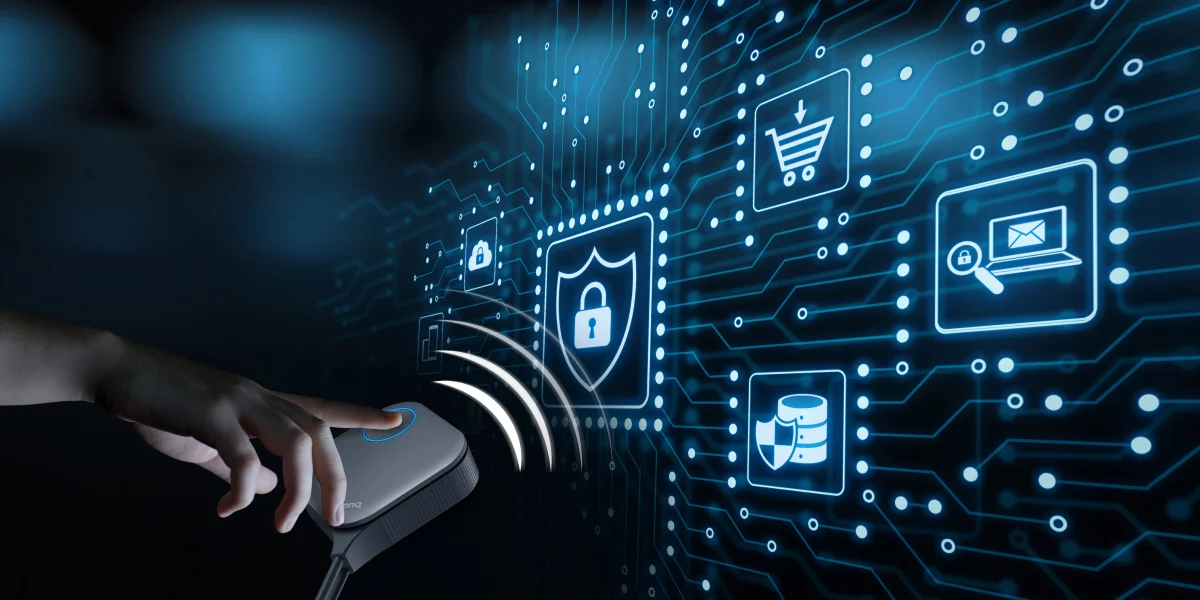I understand the thrill and convenience of having a Wi-Fi connection at home, but with great connectivity comes great responsibility.
So, we must take the necessary precautions to secure your home Wi-Fi from potential hackers who may be lurking in the digital shadows – they are everywhere. Let me share some personal experiences and practical tips to help you fortify your Wi-Fi network against malicious intruders.
1. Change Default Router Credentials
When I first set up my Wi-Fi router, I naively kept the default login credentials, assuming they were secure enough. Little did I know that these default usernames and passwords were common knowledge for hackers. My wake-up call came when I noticed suspicious activity on my network.
One simple but crucial step to secure your home Wi-Fi is to change the default router credentials. By doing so, you’ll close one of the most common entry points for hackers. Go ahead and log in to your router settings, and update those credentials.
2. Enable WPA3 Encryption
Recently, my friend had their Wi-Fi network compromised because they were still using the outdated WPA2 encryption. Fortunately, I had already switched to WPA3, which offers robust security enhancements. WPA3 ensures that even if a hacker intercepts the data, they won’t be able to decipher it without the correct encryption key.
To protect your network, enable WPA3 encryption if your router supports it. This upgrade will give your Wi-Fi a much-needed security boost and peace of mind.
3.Update Router Firmware Regularly
The importance of router firmware updates hit home when a security flaw was discovered in my router’s previous firmware version. Hackers exploited this vulnerability, and I had to deal with the consequences. Ever since that incident, I’ve made it a habit to regularly check for and install firmware updates. Remember to visit your router manufacturer’s website to download the latest firmware. These updates often include critical security patches to safeguard against emerging threats.
4. Use a Strong Wi-Fi Password
Creating a strong Wi-Fi password may seem like common knowledge, but it’s surprising how many people still use easily guessable passwords like “123456” or “password.” Another friend thought their “pet’s name” followed by the birth year was secure enough. Sadly, a hacker got access to their Wi-Fi because this information was publicly available on their social media profile.
Choose a unique and strong password, preferably a combination of uppercase and lowercase letters, numbers, and special characters. A longer passphrase is even better.
5. Enable MAC Address Filtering
MAC address filtering is an effective way to restrict access to your Wi-Fi network only to trusted devices. One of my colleagues experienced a cyber-attack when an unauthorized device gained access to their network.
By enabling MAC address filtering, you can whitelist specific devices that are allowed to connect to your Wi-Fi. This adds an extra layer of protection, making it harder for attackers to infiltrate your network.
6. Position the Router Strategically
Placement matters! When I first set up my Wi-Fi router, it was hidden away in a corner of my house. As a result, some areas had weak signal coverage, prompting me to extend the network with range extenders. Unfortunately, these repeaters often create additional weak spots and security risks.
To maximize both security and signal strength, place your router in a central location away from exterior walls and windows. This will minimize signal leakage and decrease the chances of someone outside your home accessing your network.
7. Guest Network Setup
Creating a guest network is a great idea, as I realized during a family gathering. My relatives were connecting to my Wi-Fi, and I had concerns about their devices’ security posture. By setting up a separate guest network, I ensured their devices were isolated from my primary network, protecting my personal data from potential threats. Enable the guest network feature on your router, and provide guests with a unique password that you can change regularly for additional security.
8. Regularly Monitor Connected Devices
There was a time where I noticed a slowdown in my network speed, even when there were no devices connected. It turned out that an unauthorized device was silently leeching off my Wi-Fi. To avoid similar situations, regularly monitor the devices connected to your network through your router’s admin panel. If you spot any unknown or suspicious devices, disconnect them immediately and strengthen your network security.
With these tips, you’ll significantly enhance the security of your home Wi-Fi network. Please stay vigilant in the ever-evolving landscape of cybersecurity threats. These measures will not only protect your devices and data, but also give you the confidence to surf the digital waves safely.

